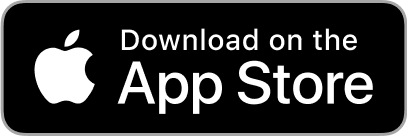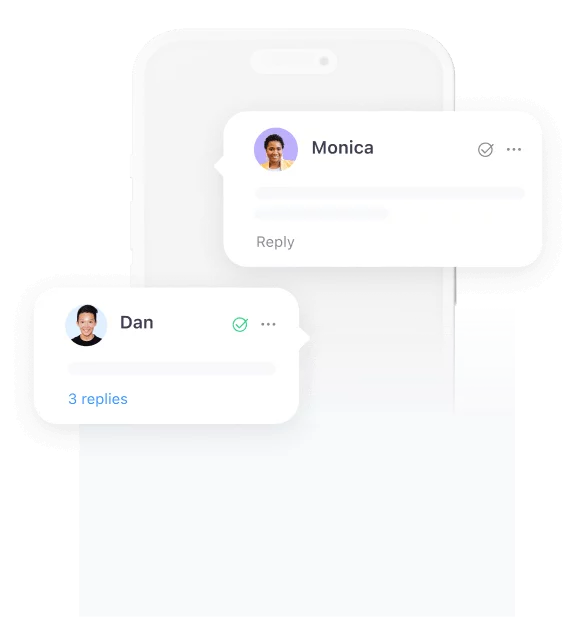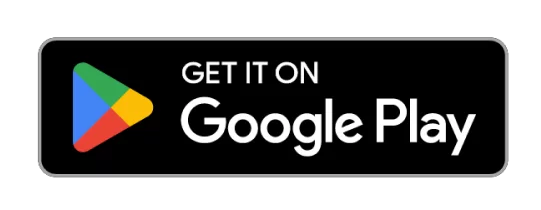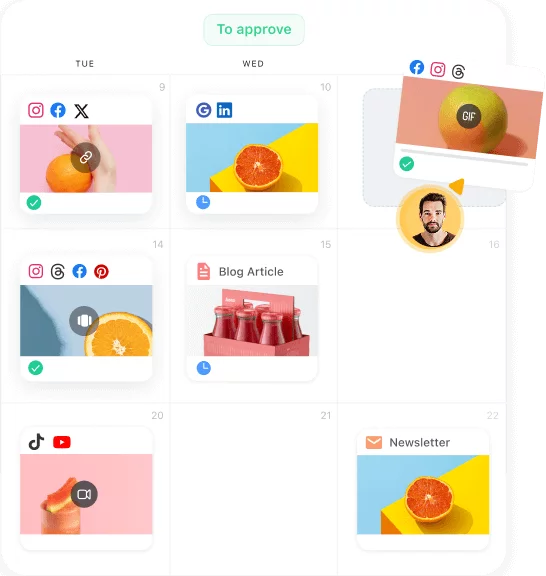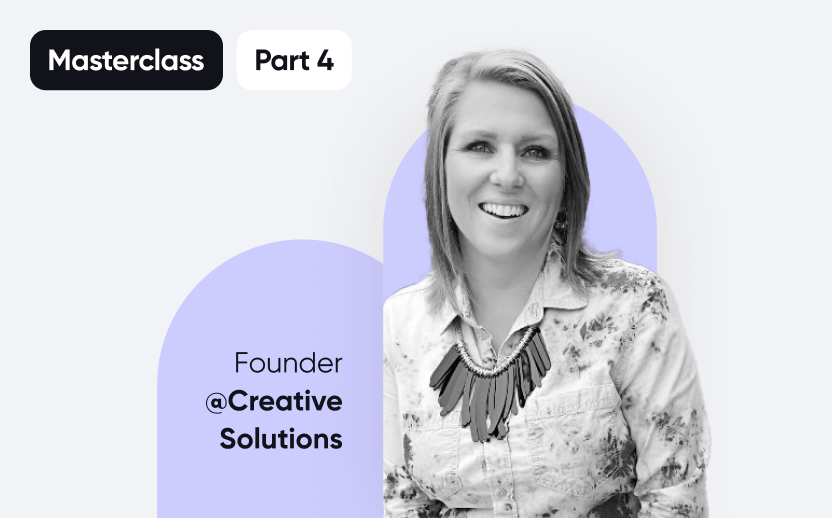This session was part one of our “Decoding social media analytic masterclass”: a 5-part series where we cleared the fog away from social media analytics.
In this 1-hour session, Hollie details topics like:
- understanding your stakeholders’ expectations and what matters to them
- the role of reporting
- her impactful reporting framework
- how to ensure alignment and address gaps
Meet the speakers:
Hollie Hoadley
Hollie is the Founder of Creative Solutions, a company that has grown into a highly sought-after marketing communications agency serving small and mid-sized businesses, and not-for-profits under her guidance. Over the last decade, her people-first approach has attracted a talented team of creative marketers. Together they articulate brand identity, tell distinct brand stories, launch awareness campaigns, engage stakeholders, increase revenue, optimize social media, strengthen partner relationships, and client expectations.
As an entrepreneur with a diverse range of personal experience from Executive Assistant and Operations Manager, to Strategic Planner and Fortune 500 National Marketing Manager, Hollie translates her wealth of experience into innovative solutions.
Interviewer: Noa Lupu
Noa is an experienced Account and Project Manager turned Customer Success Lead at Planable, where she combines her background in social media management with firsthand knowledge as a former Planable customer. Now leading the Customer Success team, Noa focuses on ensuring client satisfaction, building strong relationships, and enhancing customer support processes to deliver an outstanding experience.
Key Insights from this session:
1. Clear Communication Begins at the Start
One of the essential takeaways from the webinar was the importance of setting expectations before launching into social media reporting. By establishing a shared understanding with stakeholders about what social media can realistically achieve, you can prevent many misunderstandings down the line. Stakeholders may equate social media management with direct sales or lead generation, while in reality, it serves a broader role in brand awareness, customer service, and community engagement. Defining social media goals in terms of visibility, engagement, and connection-building rather than revenue helps realign expectations.
2. The Role of Reporting: Establishing KPIs vs. ROI
A common pitfall in social media is the pressure to prove ROI on every post or engagement. But as webinar expert Holly Hodel explained, social media should be measured through Key Performance Indicators (KPIs) that reflect its primary function: audience engagement and brand awareness. For example, while advertising can have a direct ROI (you spend $X and get $Y sales), organic social media is more nuanced. KPIs, such as follower growth, engagement rates, website traffic, and community feedback, provide more actionable insights. Clearly distinguishing between KPIs and ROI with stakeholders helps to set a more accurate baseline for assessing social media success.
3. Goal Alignment through SMART Objectives
Without defined objectives, social media reports can lack structure and direction. SMART goals—specific, measurable, achievable, relevant, and time-bound—can bring clarity to reporting. Instead of broad goals like “increase engagement,” stakeholders benefit from goals like “increase profile visits by 20% month over month.” This specificity in reporting provides a clear narrative on what’s working and what needs improvement.
An insightful part of the discussion was on ensuring that reporting goals align with business goals, such as whether the aim is to improve brand visibility or to enhance customer service. For example, increasing response times for customer queries on social media can translate to more satisfied clients and improved brand perception. By setting specific targets that tie back to larger business objectives, you can build reports that feel more relevant and impactful to stakeholders.
4. Use Reporting as a Tool for Stakeholder Education
Stakeholders often expect results that social media isn’t designed to deliver, like direct sales. Educating them on what social media analytics can and cannot show can bridge this gap. For instance, a high engagement rate on a post doesn’t directly translate into leads or sales but does indicate that the content is resonating with the target audience. By explaining metrics in terms stakeholders can understand and appreciate, you create an opportunity for them to view social media efforts as part of a broader strategy rather than a direct conversion tool.
5. Keeping It Visual and Digestible
A robust reporting framework should be both informative and easy to digest. Creating visually engaging reports with tools like Canva or Planable allows stakeholders to absorb the highlights without getting bogged down in numbers. Key sections, such as “What Went Well” and “Opportunities for Improvement,” offer a straightforward narrative that frames the social media journey in terms of progress and opportunity. Including visuals of high-performing posts or interactions can also help stakeholders see what types of content or strategies work best.
6. Personalize Engagement through Community Management
Community management—both reactive and proactive—forms an integral part of building a brand on social media. Stakeholders may overlook its significance, focusing instead on content production. However, actively engaging with audiences can improve customer satisfaction, build loyalty, and even generate organic leads. Reporting on community-building activities, such as response times, customer feedback, or new partnerships, helps illustrate the broader impact of social media beyond just post engagement and reach.
Access the Recording
Understanding how to align stakeholders’ expectations with social media’s realistic potential is essential for maintaining strong, sustainable relationships. Our webinar provides a comprehensive guide to reporting techniques, goal-setting, and stakeholder management strategies to help close the gap between expectation and reality. If you’re interested in learning more, sign up to access the full recording and unlock all the tools and tips shared by our experts!
1. Listen First, Pitch Later
Instead of launching into a pre-prepared pitch, Todd advises taking time to listen and understand what each client genuinely needs. This listening-first approach not only builds trust but also uncovers the real pain points your agency can solve, resulting in a pitch that feels more relevant and compelling.
2. Personalize with The Client’s Words
Both Todd and Adam recommend using the client’s own phrasing and language in your proposal. Including exact words they used during initial calls shows that you’re paying attention and personalizes the pitch in a way that makes them feel understood and valued.
3. Present the Proposal Live
Instead of emailing a proposal and hoping for the best, Todd advocates presenting it live (via Zoom or in person). Walking clients through the proposal allows you to handle objections instantly, gauge their reactions, and make adjustments on the spot—all of which can boost your chances of closing the deal.
4. Set Expectations Upfront
Address budget and timing early in the conversation. Todd shared that being upfront about these essentials saves everyone time and filters out clients who aren’t a good match. This approach also communicates that your agency values transparency and is a professional partner worth the investment.
5. Don’t Discount—Add Value Instead
When prospects push back on pricing, rather than immediately offering a discount, suggest adjusting the scope of services to meet their budget. Both Todd and Adam emphasize that this not only maintains the integrity of your pricing but also positions your agency as confident and willing to customize solutions without undervaluing the work.
Want to dive deeper? Leave your email below to access the full recording of this invaluable fireside chat!

